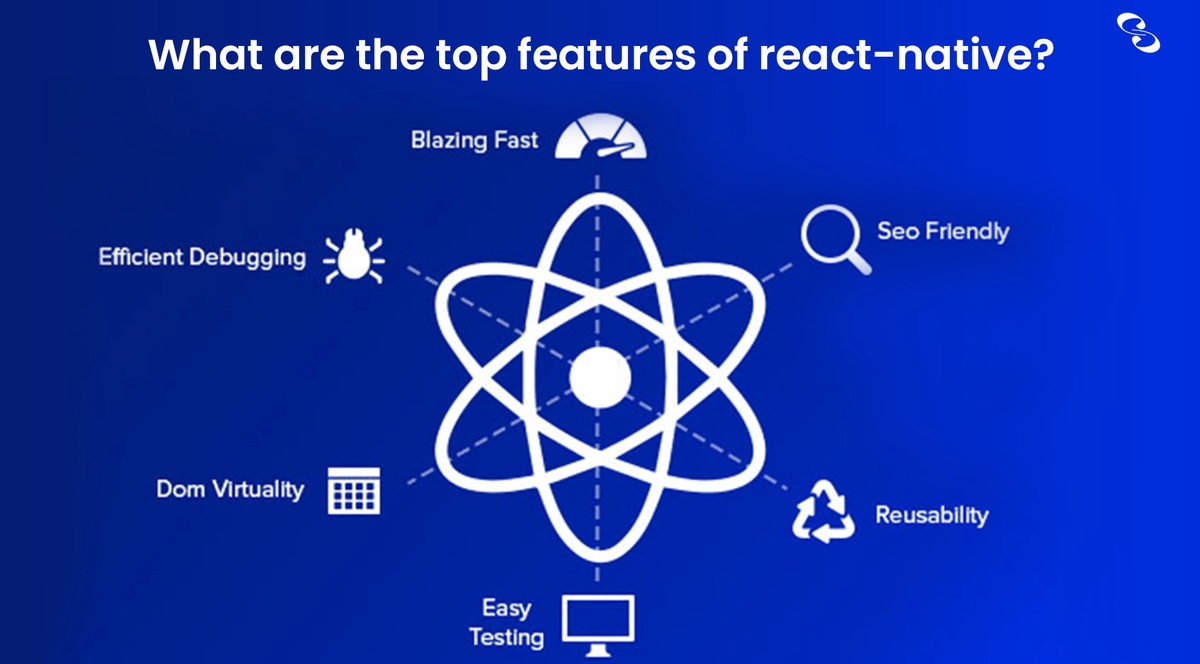Web development has witnessed a paradigm shift in recent years, with React JS emerging as a frontrunner in the realm of building dynamic and responsive user interfaces. This blog aims to provide a detailed exploration of React JS development, covering its fundamentals, key concepts, and best practices. Whether you're a seasoned developer or a newcomer to the field, understanding React JS is essential for staying at the forefront of modern web development.
I. Understanding the Basics:
1.1 What is React JS?
React JS Development in uk developed by Facebook, is an open-source JavaScript library designed for building user interfaces. It adopts a component-based architecture, allowing developers to create modular and reusable UI elements.
1.2 JSX: The Syntax Extension
One of the distinctive features of React is JSX (JavaScript XML), a syntax extension that enables developers to write HTML-like code within JavaScript files. This not only enhances readability but also simplifies the process of defining and rendering components.
1.3 Components: The Building Blocks
React applications are built using components, which are self-contained, reusable units of code. Understanding how to create and manage components is fundamental to leveraging React's power efficiently.
II. Core Concepts of React:
2.1 State and Props
State and props are fundamental concepts in React. The state represents the internal data of a component, while props (short for properties) are used to pass data from a parent component to its child components. Understanding the interplay between state and props is crucial for building dynamic and interactive UIs.
2.2 Virtual DOM
The Virtual DOM is a lightweight copy of the actual DOM. React uses it to efficiently update and render components, optimizing performance by minimizing direct manipulation of the real DOM. This results in faster rendering and a smoother user experience.
2.3 Lifecycle Methods
React components go through a lifecycle from initialization to destruction. Lifecycle methods provide developers with hooks to execute code at specific points during this lifecycle, enabling tasks such as data fetching, state updates, and cleanup.
III. React in Action:
3.1 Building a Simple React Application
Let's walk through the process of building a basic React application. Starting with setting up the development environment using tools like Create React App, we'll create components, manage state, and explore the React development server.
3.2 State Management with React Hooks
Introduced in React 16.8, hooks provide a way to use state and other React features in functional components. We'll delve into popular hooks like useState and use effect, showcasing their role in managing state and side effects.
3.3 Routing with React Router
For creating single-page applications, routing is essential. React Router is the go-to library for handling navigation in React applications. We'll cover basic routing setups and explore advanced features like nested routes and route guards.
IV. Best Practices and Optimization:
4.1 Code Organization and Structure
Maintaining a clean and organized codebase is crucial for scalability. We'll discuss best practices for organizing React components, separating concerns, and maintaining a scalable project structure.
4.2 Performance Optimization
React's Virtual DOM provides performance benefits, but there are additional optimization techniques to explore. Topics include memoization, code splitting, and lazy loading to ensure optimal performance, especially in large-scale applications.
4.3 Testing React Applications
Effective testing is integral to delivering robust and bug-free applications. We'll explore testing methodologies, including unit testing with tools like Jest and testing-library/react, as well as end-to-end testing with tools like Cypress.
V. Beyond the Basics:
5.1 State Management with Redux
For more complex state management needs, Redux is a powerful library that works seamlessly with React. We'll cover the basics of Redux, including actions, reducers, and the Redux store, and demonstrate how to integrate it into a React application.
5.2 Server-Side Rendering (SSR) with Next.js
Next.js is a React framework that enables server-side rendering, improving SEO and providing a better user experience. We'll explore the basics of Next.js and its integration with React for building server-rendered applications.
5.3 GraphQL and React
GraphQL, a query language for APIs, pairs well with React for efficient data fetching. We'll delve into using GraphQL with React, covering queries, mutations, and how to integrate GraphQL into a React application.
Conclusion:
Mastering React JS Development in london is a journey that opens up a world of possibilities in web development. From its component-based architecture to the Virtual DOM and beyond, React empowers developers to create highly interactive and efficient user interfaces. This comprehensive guide aims to equip developers with the knowledge and skills needed to navigate the React ecosystem confidently, ensuring they stay at the forefront of modern web development practices. As you embark on your React journey, remember that continuous learning and exploration are key to harnessing the full potential of this powerful JavaScript library.


No comments yet